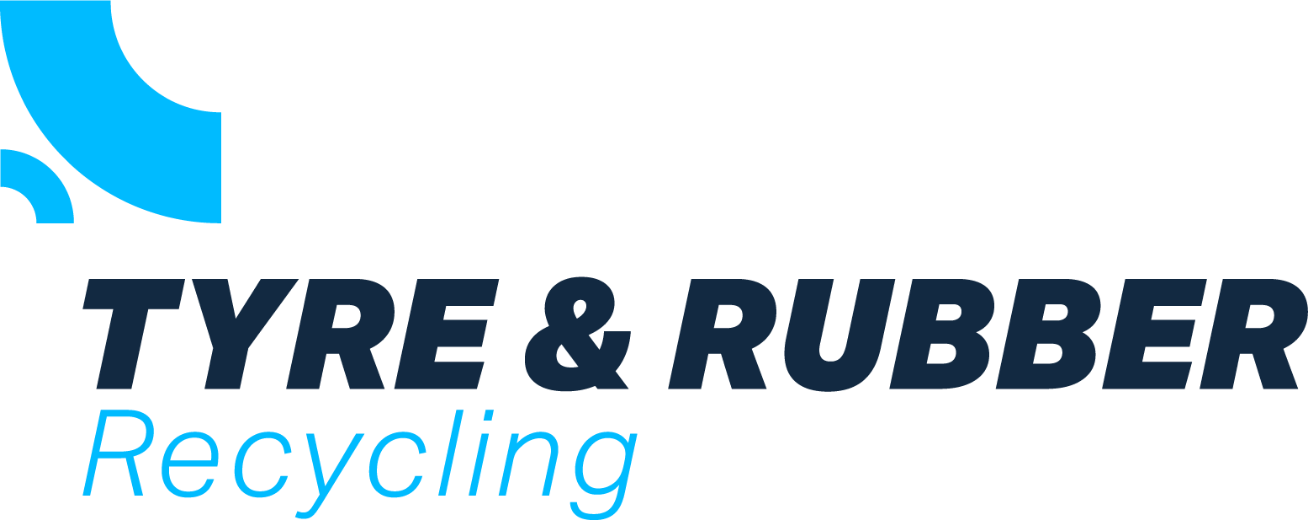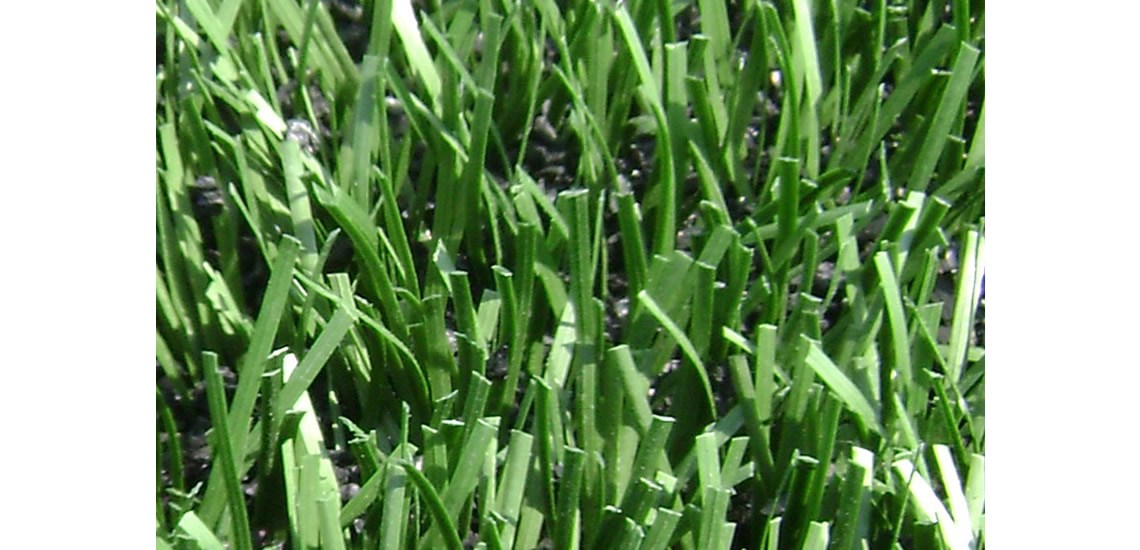In an Option Appraisal for Intentionally Added Microplastics, DeFRA has chosen to not ban crumb rubber infill but to advise on containment
As part of the UK REACH 2022/23 Work Programme, Defra (Dept of Environment, Food and Rural Affairs) commissioned a study titled “Option Appraisal for Intentionally Added Microplastics” which evaluates the risks and policy options for microplastics intentionally added to products, and models their environmental and socioeconomic impacts of various risk management options over the period from 2024 to 2043. The study includes a detailed assessment of containment measures for synthetic turf sports pitches.
In amongst other risks, the report looked at the Risk management Options for crumb rubber infill and advised in favour of mitigation through containment measures.
EFTEC, the consultants on this review, incorporated sustainability at the heart of its strategy and is committed to proactively advance environmental responsibility within the synthetic turf industry. The release stated; “EFTEC supports well-designed legislative measures to minimise the release of polymeric infills into the environment and will continue to monitor developments under UK REACH and other national frameworks. We remain dedicated to advocating for evidence-based, proportionate policies that protect the environment while ensuring the long-term sustainability of our sector.”
It is worth noting that EFTEC estimate the average market value for crumb rubber to be £47m, and the average volume utilised to be 4742tpa.
The full document is available on the DeFRA website – details at the end of this article.
The key RMO for crumb rubber infill are as follows:
This RMO will require RMMs leading to a reduction of more than 90% of microplastic emissions from sport surface infill materials to be implemented by 2027. The RMMs might include:
• Installation of pitch barriers and containment measures: for example, perimeter barriers for preventing loss of infill material that has accumulated at the pitch edge and profiled paved margins to separate synthetic turf from the surrounding environment.
• Specific maintenance brushes and storage areas: for example, the use of a specific maintenance brush which is used only for the synthetic turf field – in addition, the maintenance equipment (including brushes) is stored within a specific area within the facility (the brush must never leave the facility).
• Behaviour changes: for example, signs that ask maintenance vehicles and maintenance staff and player clothes and shoes to be brushed off before leaving the pitch (boot cleaning/brushing stations will be installed next to pitches).
• Installation of drainage and filters to stop surface water from transporting infill material away from the pitch (not considered in the mitigated emissions scenario in this report
The jury remains undecided on leachates from crumb rubber, so whilst the containment measures go some way to allaying any fears about microplastic pollution, they do not address the leachates issue that remains a concern for some lobbyists.
Whilst the UK has decided not to ban crumb rubber infill, this is a battle won, but there may be more steps to come if the leachates research comes to a negative conclusion in the future.
DeFRA page with links to the Options PDF Option Appraisal for Intentionally Added Microplastics – CB04121


















